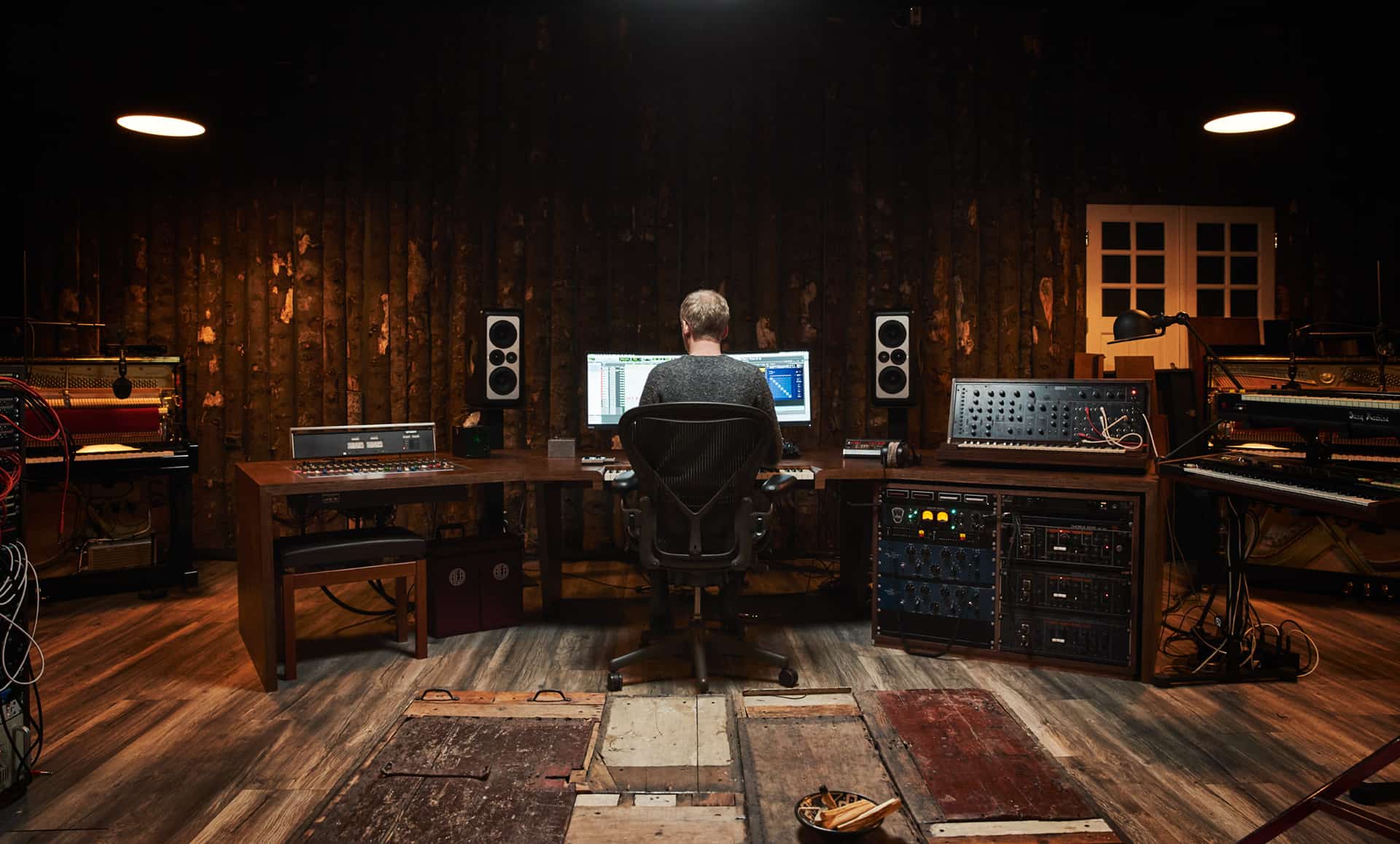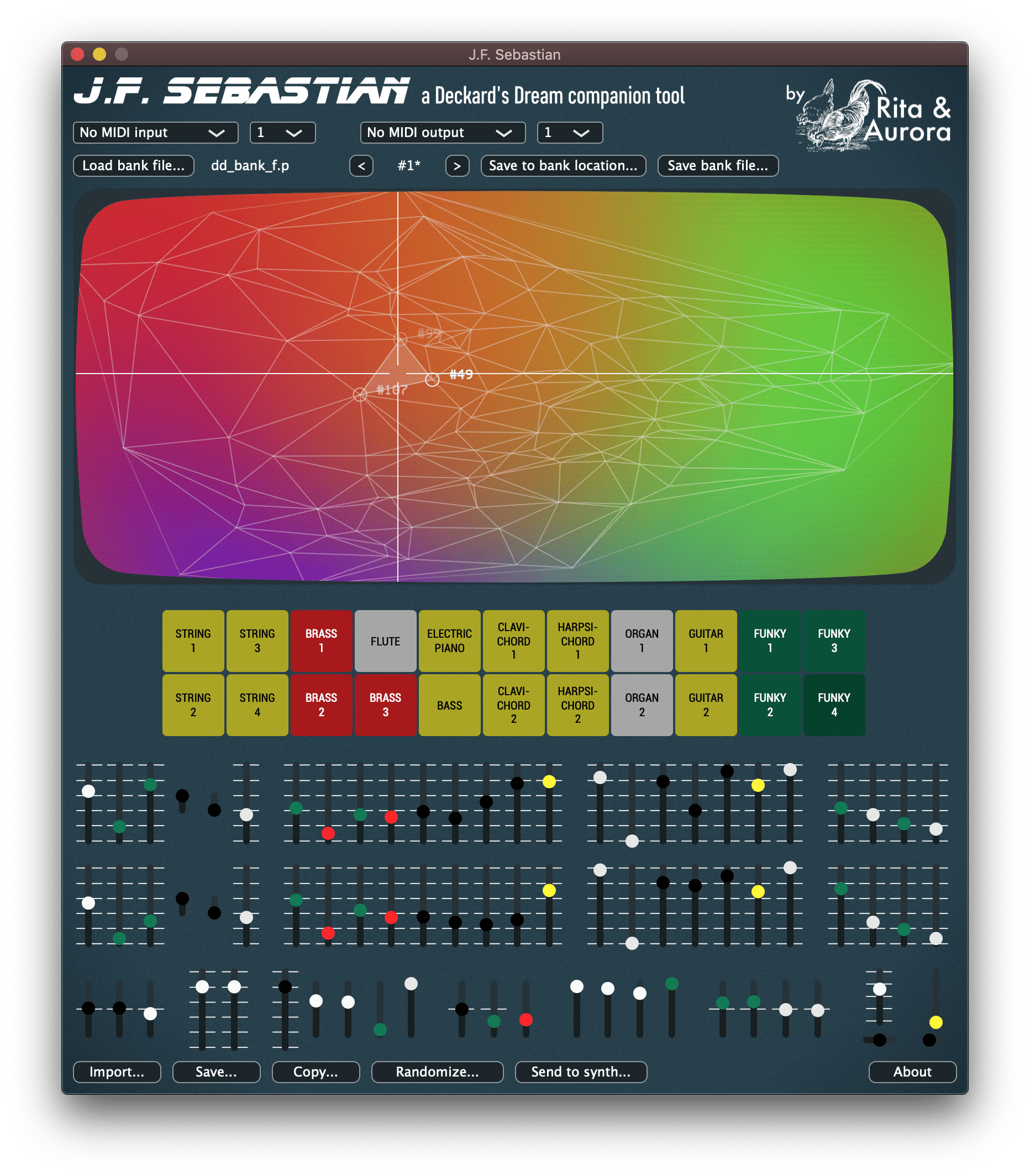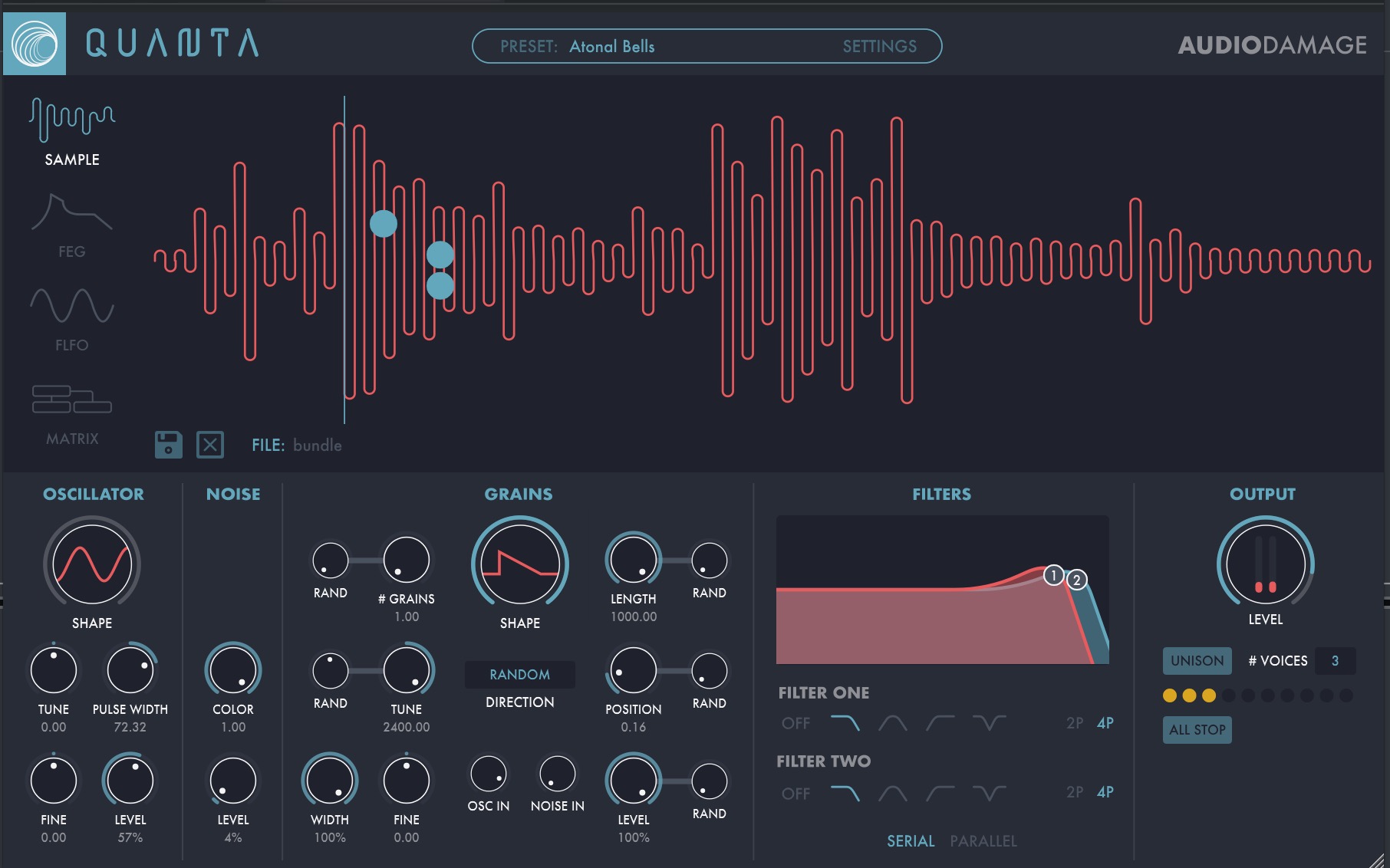Ozone 9.1 Update Available
Izotope released Ozone Version 9.1 the new version includes fixes and improvements, including support for macOS Catalina.

New features and enhancements
- Added ability to scrub (click and drag) to adjust text-based values in the EQ HUDs
- Added “Extra Curves” displays to the EQ
- Extended the range of the Gain control in Master Rebalance

Ozone 9.1 fixes
- Fixed LP/HP filter Slope value resetting to 6 dB/oct if value was changed using the inline edit field in the EQ HUD.
- Fixed incorrect Q value display for bands that are disabled by default in the All Bands view of the EQ.
- Fixed issue where double-clicking on an .ozn project file would open an empty Ozone app project instead of the selected project.
- Fixed missing ‘Sum to Mono’ button in the I/O panel of the Ozone 9 Imager component plug-in.
- Fixed incorrect module panel being shown when switching between tracks with different signal chain contents in the Ozone app.
- Fixed missing playhead indicator in the Reference panel.
- Fixed missing Initial State entry in the Ozone mothership plug-in undo history list.
- Fixed module panel remaining visible after the module was removed from the chain by stepping back through events in the history list.
- Fixed inconsistent behavior when selecting bypass events in the Ozone app history list.
- Fixed missing undo history events for module bypass and solo for any module that is not included in the factory default signal chain.
- Fixed missing undo history events for adding or removing bands in the Dynamics, Exciter, and Imager modules.
- Fixed incorrect latency reporting when Codec Preview is enabled.
- Fixed intermittent crash when writing Dynamic EQ plug-in automation.
- Fixed crash when global mothership presets were loaded in an Ozone component plug-in.
- Fixed intermittent crash in the Ozone application when bulk importing files of varying sample rates.
- Fixed intermittent crash that could occur after running Master Assistant several times in certain DAWs.
- Fixed crash opening non-44.1k Ozone app projects that contain plug-ins in the signal chain of any track.
- Fixed intermittent crash when loading Ozone app projects, sessions, or host presets with reference tracks of varying sample rates or file formats.
- Fixed crash/hang on playback when using Reference tracks within dual mono instances of Ozone in Logic.
- Fixed inaccurate output meter clipping indication in the Ozone app.
- Fixed custom install location for Tonal Balance Control 2 on Windows.
- Fixed inconsistent behavior when loading module presets in the mothership or app preset manager.
- Fixed inconsistent bandwidth value settings when loading some EQ module presets.
- Fixed track waveform display issues when resizing the Ozone application.
- Fixed delayed update to the composite curve after adjusting Frequency resolution in the EQ options.
- Fixed latency between the scrolling waveform and gain reduction trace.
- Fixed display of track waveform data when zoomed in to the sample level.
- Fixed incorrect default I/O meter type.
- Fixed labeling of Mid/Side mode in Low End Focus.
- Fixed layout and styling of the plug-in selection list in the Ozone application.
- Fixed alignment of the correlation trace center line in the Ozone 9 Imager.
- Fixed alignment of text elements in the Master Assistant panel.
- Fixed overlapping scale labels in the EQ and Match EQ.
How to update
Click here to go to the download page. You will be asked to enter your iZotope account email.
Once you enter your account email and password, you’ll be taken to the download page. If you don’t have an account, simply create one and follow the steps below.











